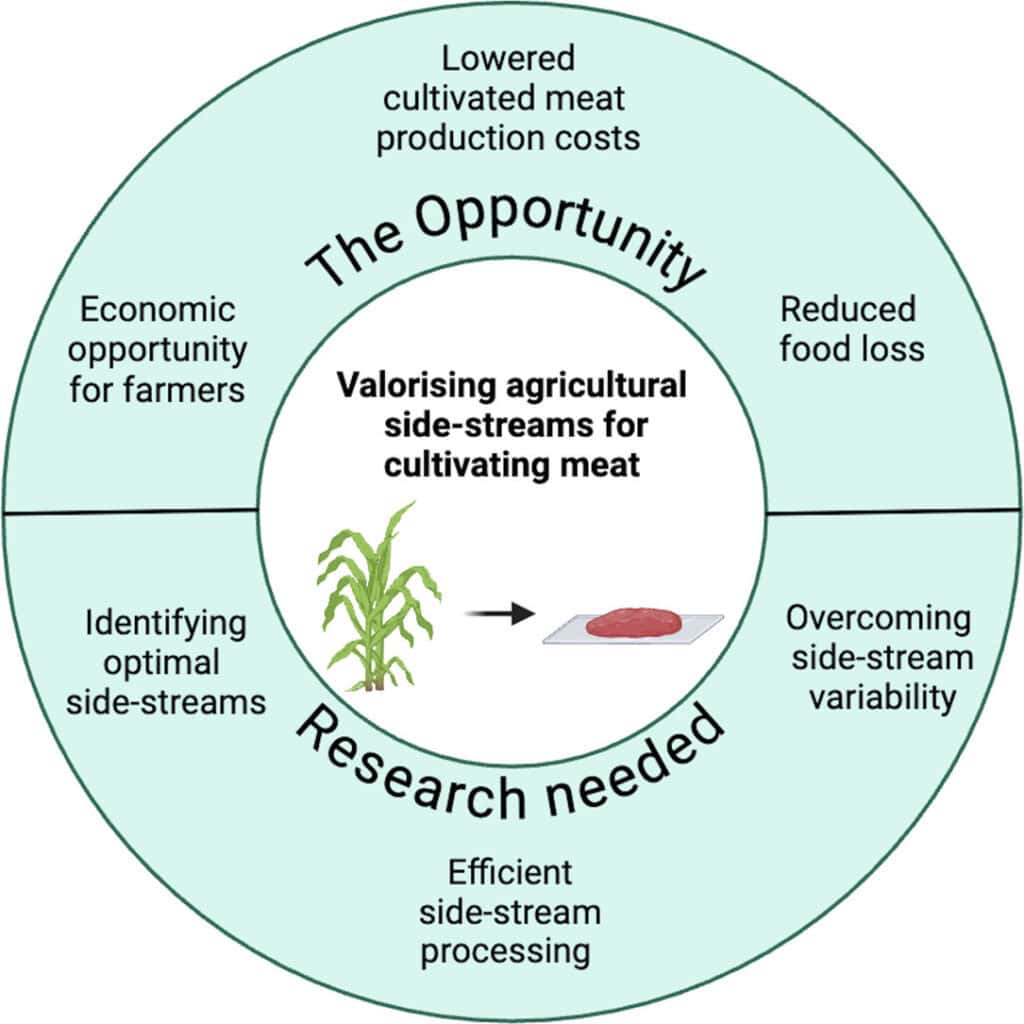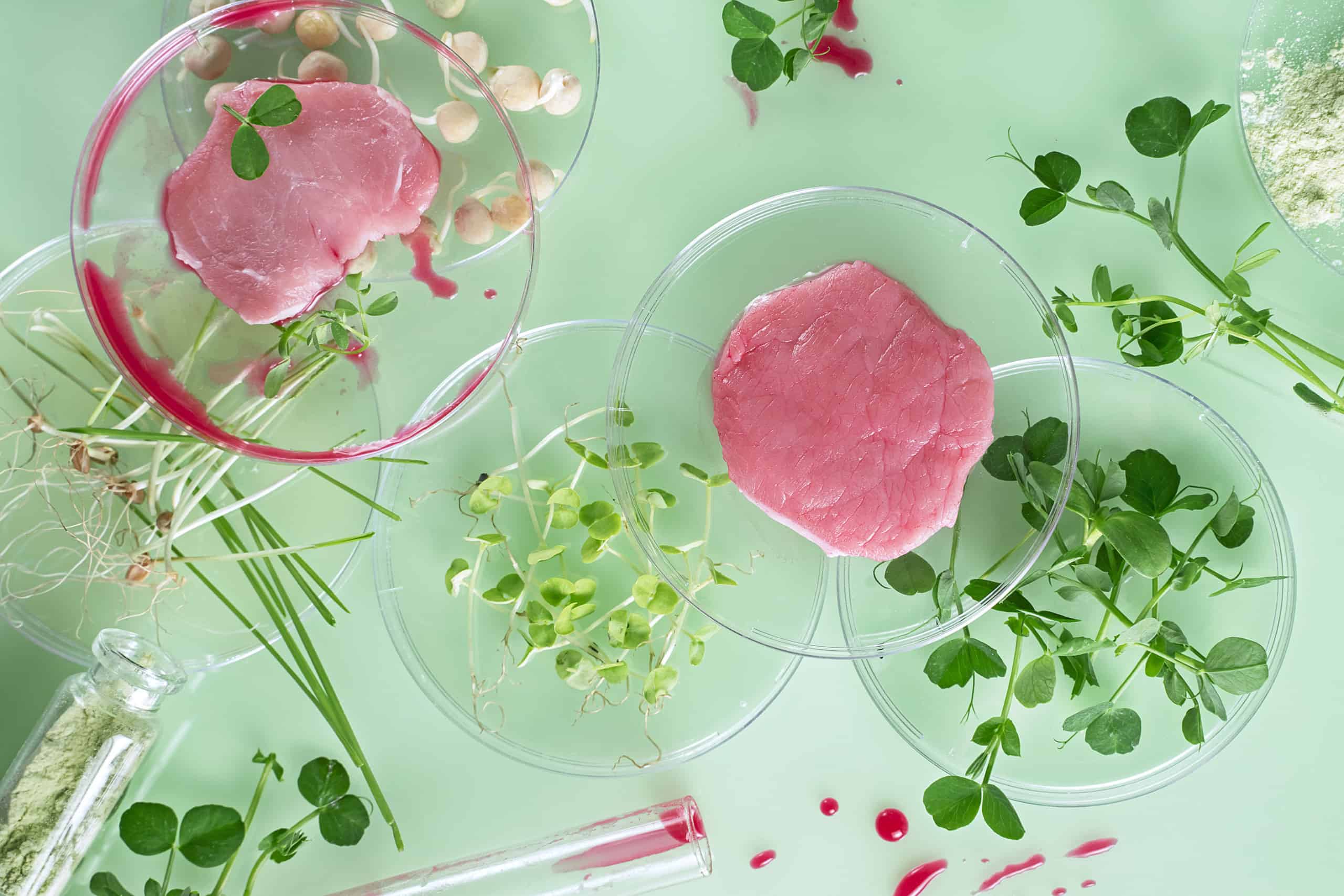A new study published in the journal Future Foods has explored the use of upcycled agricultural waste in cultivated meat production.
The research finds that low-cost, high-volume resources are required as production inputs for cultivated meat, and agricultural sidestreams provide an underutilized resource rich in favorable components. A variety of by-products and waste streams, generated anywhere from the harvest stage through to food product processing, could be used as both cell media supplements and scaffolding materials in cultivated meat production.
This could make cultivated meat more economically viable and enable production to be scaled up. It could also provide an additional income stream for agricultural producers and reduce food waste worldwide; these benefits could potentially increase consumer acceptance.
However, the researchers note that the use of agricultural waste in cell media and scaffolding is a relatively new area. Consequently, significant research will be required to identify optimal sidestreams, processing techniques, and sidestream variability.

New opportunities for agricultural producers
A report published earlier this year found that cultivated meat technologies are advancing at a faster rate than traditional farming, with potential for earlier-than-expected cost-competitive production. As a result, some farmers see cultivated products as a threat to their livelihoods; however, the use of agricultural waste in cultivated meat production could potentially provide an additional income source for some farms.
A separate report released in April found that cultivated meat is already becoming more viable than was previously believed possible, driven by factors such as significant reductions in the cost of cell culture media, improvements in cell densities, and more efficient bioreactors.
“By using agricultural side-streams as inputs for [cultivated meat], an opportunity presents itself to transform the global food system,” says the new study. “A circular bioeconomy would be in reach, which could decrease the environmental impact of both crop and meat production, reduce global food loss, and introduce new economic opportunities for agricultural producers.”




